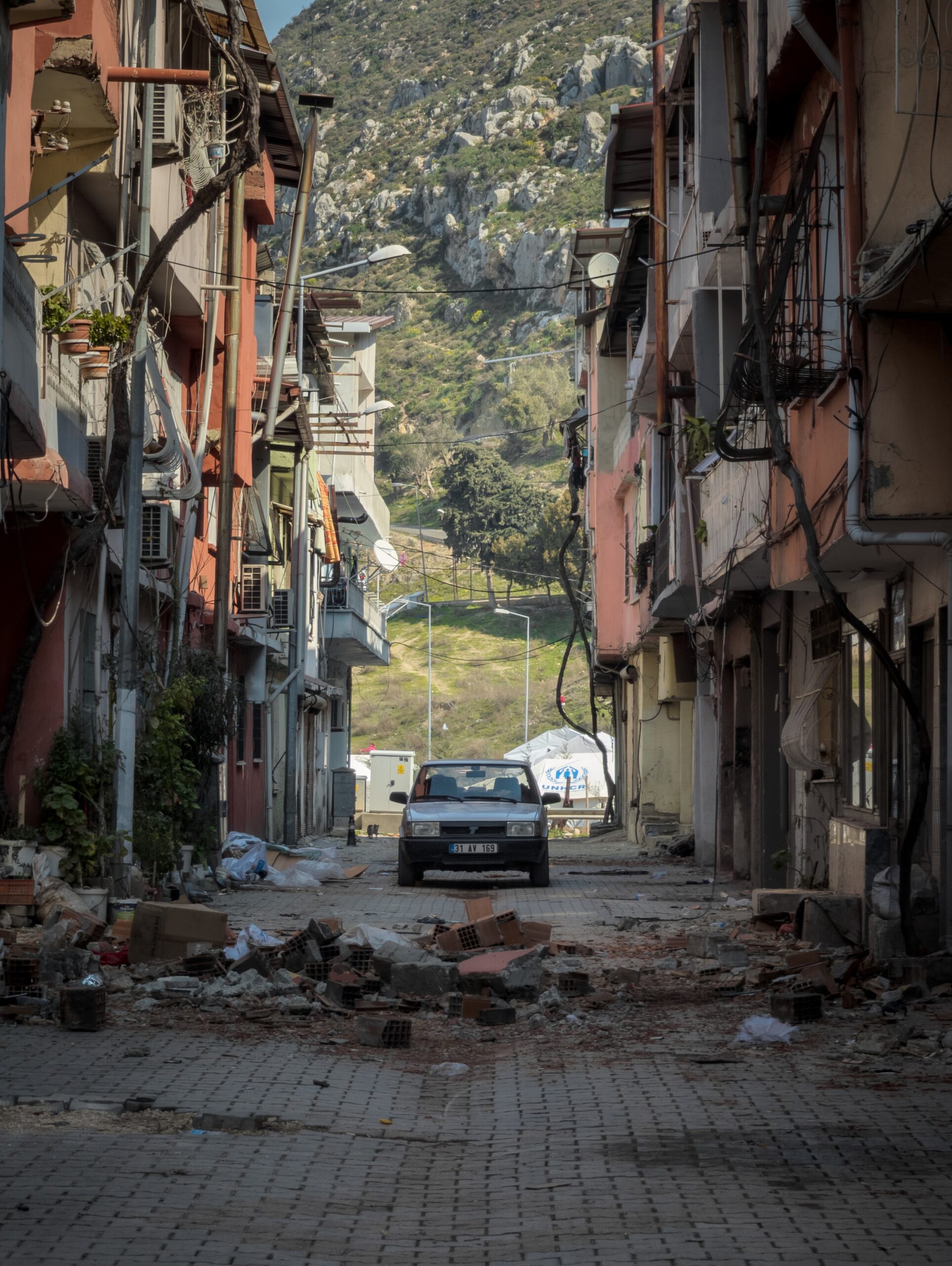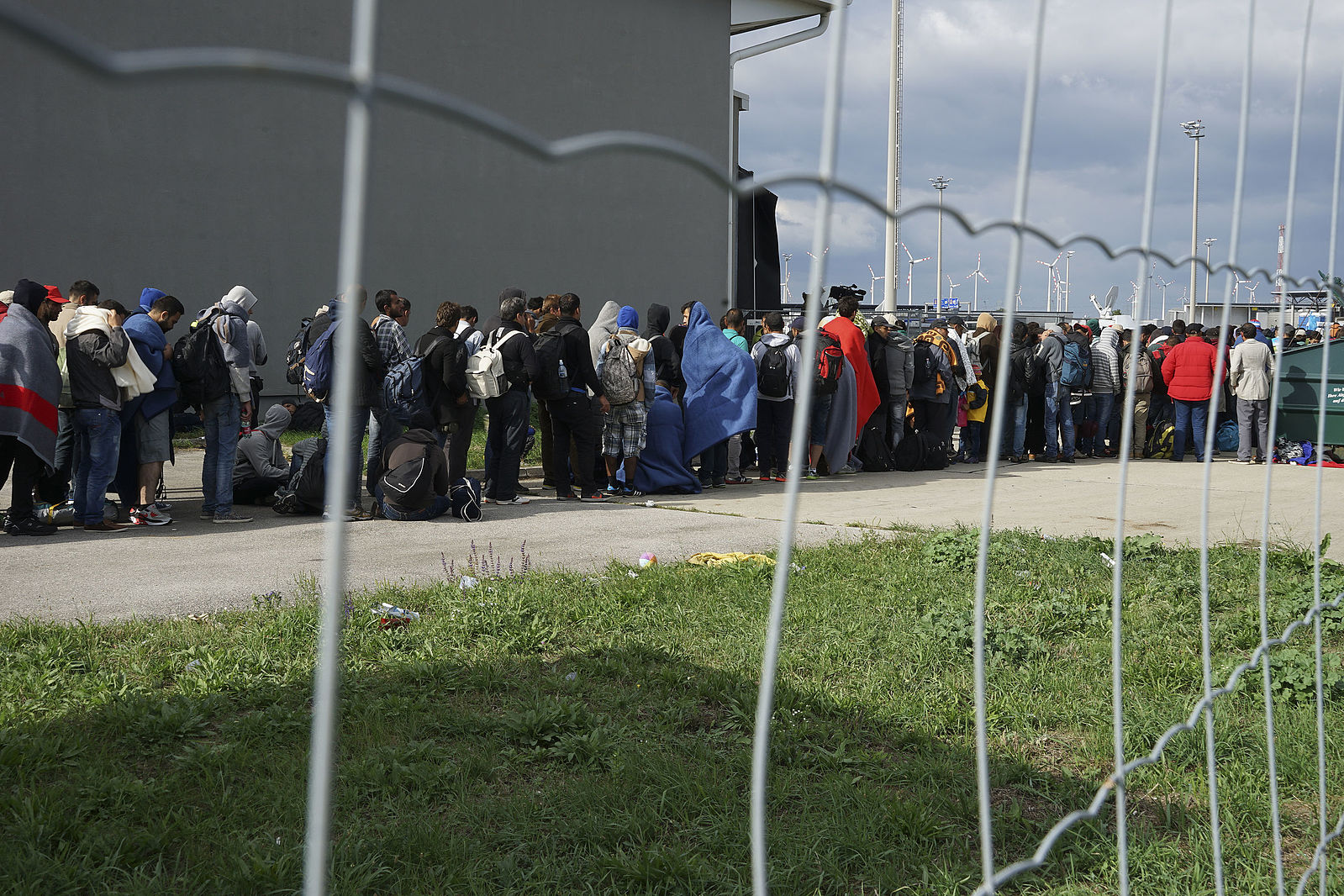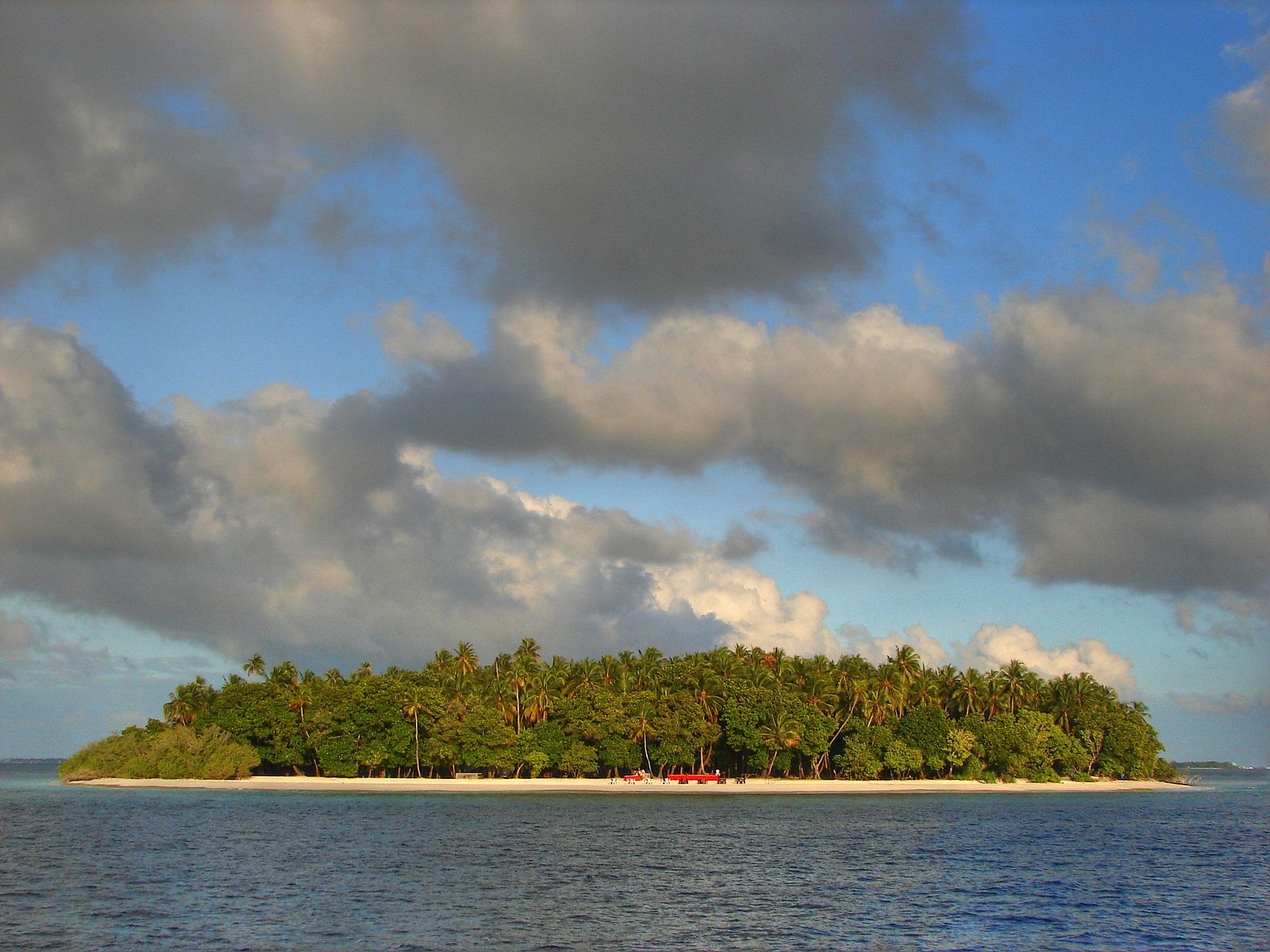
(Chandler Cruttenden/Unsplash License)

(Chandler Cruttenden/Unsplash License)
In February, Turkish and Syrian citizens recently experienced two earthquakes, resulting in over 50,000 deaths and 100 billion dollars in damage. Footage capturing the moments during the earthquake on February 6 depicts buildings toppling over and the air thick with dust. People stumbled out of the rubble in a daze, their faces etched with fear and disbelief. As the aftershocks continued to ripple through the city, the full scale of the devastation became clear. Without homes, many are searching for shelter and respite, wherever they can find it.

Natural disasters happen everyday, all over the world; from droughts and floods to tornadoes and extreme climate changes, this phenomena can greatly disrupt the living conditions for residents in a given region. Displacements can happen within nations, but with climate catastrophes experienced in some parts of the world more than others, some may opt to cross national borders. These people are often referred to as climate refugees, and many come from countries experiencing high magnitude climate disasters including Afghanistan, Pakistan and India.
It’s likely that the population of climate refugees will only continue to rise, with the World Bank estimating that nearly 216 million people could be affected by 2050. A key question this raises is, “Where do they go?” Countries poised to accept climate refugees, like Germany, are struggling to define the problem.
Research from the European Parliamentary Research Service finds that Europe is likely to be one of the regions least affected by climate-related disasters, accounting for only one percent of internal displacements in 2020. South Asia accounted for 30 percent that same year. Like in other countries, individuals who are displaced as a result of natural disasters do not receive refugee or subsidiary protection in Germany at the moment. But as the European Parliamentary Research Service put it, “through its cooperation with the countries affected, the EU can put in place safe legal pathways for climate migrants.”
From 2014 to 2021 Germany accepted more refugees in total than any other EU member state, according to data from Eurostat. But the German government in the past has explicitly expressed that climate refugees cannot claim asylum in Germany. As a reaction to the United Nations Human Rights Committee, which ruled in January 2020 that nations may not deport individuals who are affected by “climate change-induced conditions that violate the right to life,” a spokesperson from the interior ministry said the link between climate change and migration is under-researched. “Most studies suggest that environmental changes are triggers for migration decisions, but are not the sole cause,” the spokesperson told Deutsche Welle.
Globally there have been disagreements on who qualifies as a refugee in the first place. The United Nations definition of a refugee, which describes them as “people who have fled violence, war, conflict or persecution,” is subject to interpretation by immigration courts across the world. While the United Nations is one assembly that has made multiple policy recommendations for increasing protections for refugees in general, individual countries still reserve the right to deny asylum applications. One important international human rights law, European Convention on Human Rights (ECHR) Article 3, which finds that “the prohibition of inhuman or degrading treatment or punishment,” has been used in Germany specifically to consider humanitarian conditions in certain nations that may justify flight.

“A lot of the challenges we see in relatively stable contexts are then exasperated in a migrant context, whether it’s access to sexual reproductive health or problems with gender based violence,” said Maureen McGowan, Ph.D. candidate at the Heidelberg Institute of Global Health and researcher with the Global Health and Migration Hub. “Then with climate coming into that, a big challenge is also things like access to nutritional food or access to water in the immediate moment, but also in the long term.”
ECHR Article 3 was referenced by the German Higher Administrative Court which made a significant ruling banning the deportation of an Afghan citizen in December 2020. The court’s primary reasoning was that the COVID-19 pandemic has led to a significant decline in the humanitarian conditions in Afghanistan. The court explicitly cited environmental conditions, including climate and natural disasters, as relevant factors in assessing the humanitarian conditions in the country. Camilla Schloss, a judge in the Administrative Court of Berlin, wrote in a blog about how this case might show how courts may have the power to create more avenues for climate refugees outside of the 1951 Refugee Convention. But some researchers say that climate change cannot be the sole consideration for granting asylum.
“You have to say goodbye to the point of view that climate change is a main reason for migration. This is just one of several factors,” said Benjamin Schraven, an associate researcher at the German Institute of Development and Sustainability who specializes in environmental change and migration. In an interview with T-online, he said given the lack of solid evidence that can attribute migration to natural disasters, Germany, as well as other countries, may not create legal pathways so easily.
“Many forecasts are old and have a weak basis for argumentation. You should be very careful with numbers, even if they are often used in a political context,” said Schraven. “What should be changed is that migrants should be able to move in more fair conditions.”
The German Advisory Council on Global Change (WBGU) released a policy paper in August 2018 that suggested the creation of a “climate passport” for the implementation of a “just and in-time” climate policy framework in Germany. The concept is modeled after the Nansen passport for stateless persons, which facilitated the resettlement of hundreds of thousands of people seeking asylum following World War I.

The first objective is to give people from low-lying island nations such as the Maldives and Kiribati that are at high risk of being affected by climate change similar access and rights to those of citizens in Germany. They then propose that in the future, it would be expanded to include refugees from other states that face similar climate-related challenges to create “early, voluntary and dignified migration” options. However, there has been very little note or update on WGBU’s website about any moves from the government to implement this proposal.
While research options about legal protections for climate refugees is otherwise scant, McGowan said it is likely one of the tools that will create conversations about potential policy changes.
“Research has that ability to highlight what the gaps are and then policymakers can start looking at what needs to be filled, if it’s relevant or necessary to be filled, and decide where some of those initial priorities should go,” said McGowan.